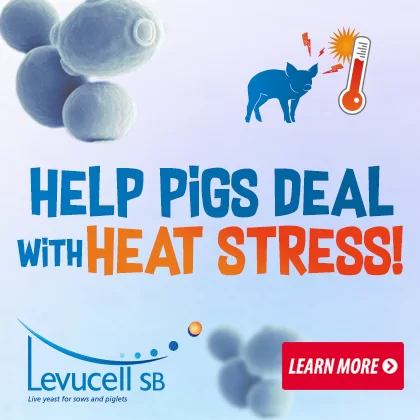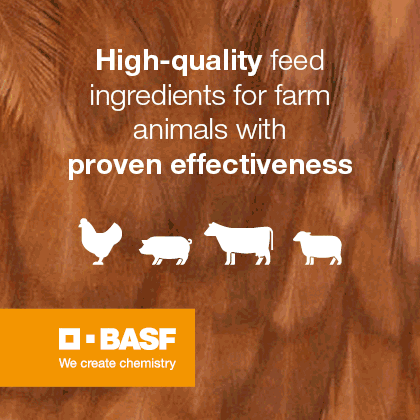09 Feb 2025
Functional foods for dogs and cats go beyond meeting basic nutritional needs; they aim to provide additional health benefits for pets.



The growing popularity of these ingredients and the trend toward natural foods are driving research into their effectiveness and safety for pet health
Curcumin: The potential of turmeric pet nutrition

The growing popularity of these ingredients and the trend toward natural foods are driving research into their effectiveness and safety for pet health.
Curcumin, a bioactive compound found in turmeric (Curcuma longa), is one of the key ingredients in functional pet foods. Known for its vibrant orange-yellow color, it is used both as a natural dye and a food additive. It has also been incorporated into dog and cat food for its potential health benefits.
Commercial curcumin extracts also contain demethoxycurcumin and bis-demethoxycurcumin, known as curcuminoids. The concentration and ratio of these compounds vary between extracts, which can impact the product’s effectiveness.



Curcumin: exploring its benefits
| Curcumin is known for its potent antioxidant, anti-inflammatory, and antimicrobial properties. It neutralizes free radicals and stimulates endogenous antioxidant enzymes, such as superoxide dismutase and glutathione peroxidase, protecting cells from damage caused by oxidative stress, which is associated with various chronic diseases. |

It can also help prevent excessive fat accumulation and metabolic disorders, and may improve hematological parameters and reduce liver injury markers in dogs with liver diseases (Bradford, 2012).

Antioxidant Action of Curcumin in Dog Food
 The addition of curcumin to dog food can benefit both the product quality and the health of the animals. As a potent antioxidant, it helps stabilize the food and preserve its quality without affecting the dogs’ well-being
The addition of curcumin to dog food can benefit both the product quality and the health of the animals. As a potent antioxidant, it helps stabilize the food and preserve its quality without affecting the dogs’ well-being
Studies show that, at concentrations of 100 mg/kg, curcumin is effective in preventing lipid oxidation, thereby extending the shelf life of the food.
 Foods with curcumin showed lower formation of reactive oxygen species (ROS) and reduced levels of thiobarbituric acid-reactive substances (TBARS) over a period of six months (Campigotto et al., 2020). These results highlight curcumin as a valuable antioxidant for maintaining food stability and promoting dog health.
Foods with curcumin showed lower formation of reactive oxygen species (ROS) and reduced levels of thiobarbituric acid-reactive substances (TBARS) over a period of six months (Campigotto et al., 2020). These results highlight curcumin as a valuable antioxidant for maintaining food stability and promoting dog health.
Considerations and Precautions When Using Turmeric and Curcumin in Dog Food

1. Bioavailability and formulation:
Curcumin has low bioavailability, meaning it is not easily absorbed by the body. To enhance its absorption, it is often combined with other substances, such as black pepper extract (piperine) or fats. It’s important to ensure the formulation includes ingredients that improve its bioavailability for optimal effectiveness.
The effectiveness of curcumin depends on the quality of the raw material and growing conditions, as well as the maturation and storage methods. While generally safe, curcumin should be administered at the correct dosage to avoid adverse effects, such as gastrointestinal disturbances and palatability issues.
3. Adulteration and Contamination:
Turmeric can be adulterated with artificial dyes or other materials to enhance its appearance, and may be contaminated with heavy metals or mycotoxins. To avoid these risks, it is crucial to ensure the quality of the raw material through rigorous controls and choose suppliers who monitor contamination.
However, to maximize these benefits, curcumin should be part of a balanced diet and consulted with a veterinarian or nutrition specialist to optimize the animal’s health.
References available upon request
